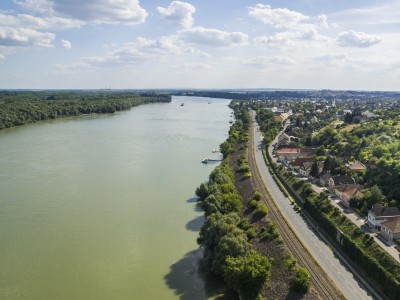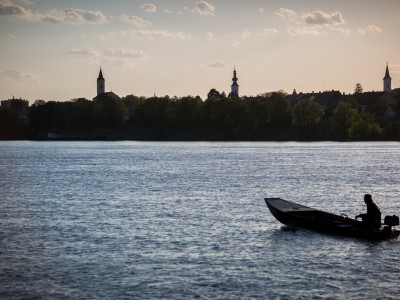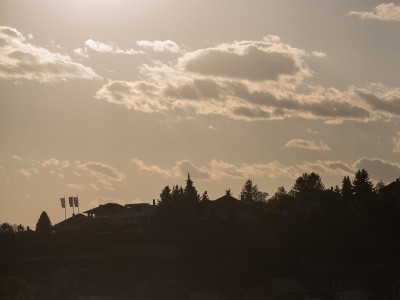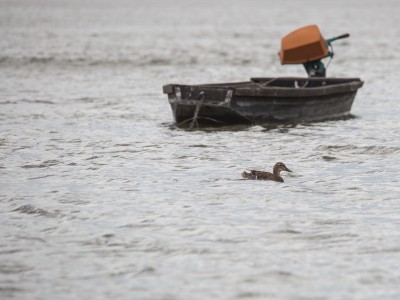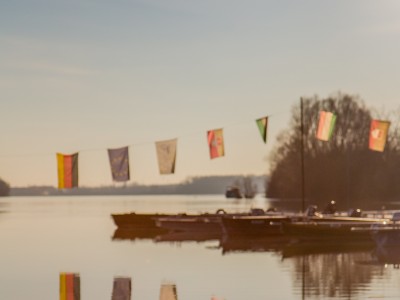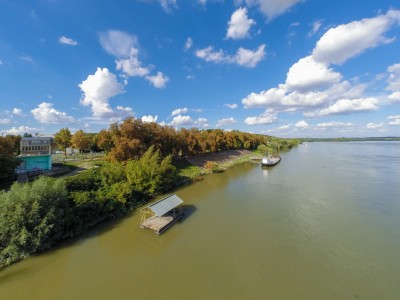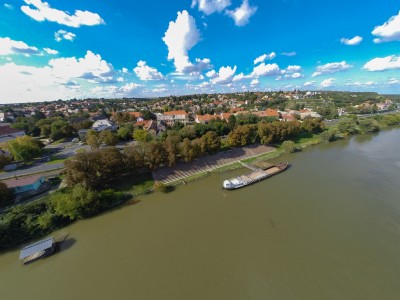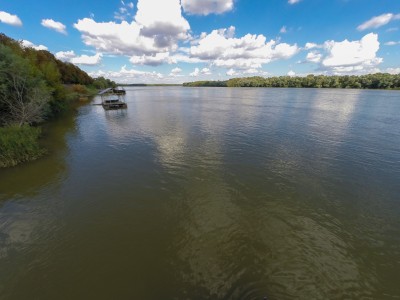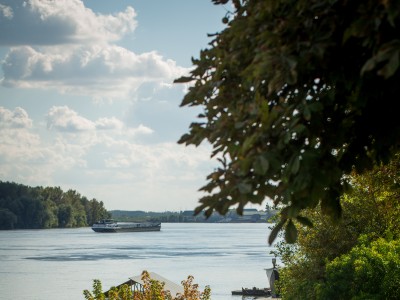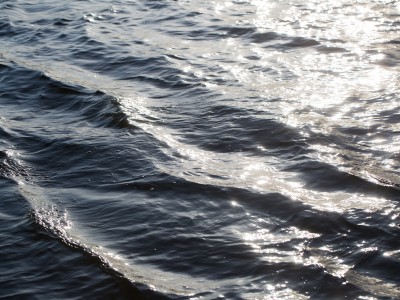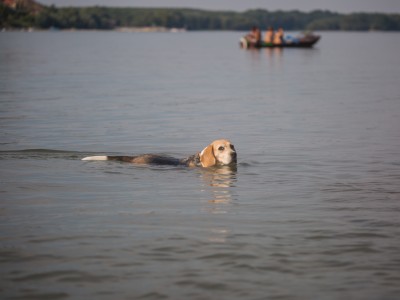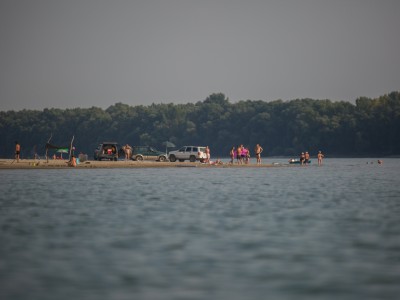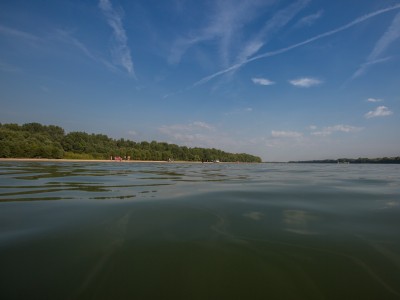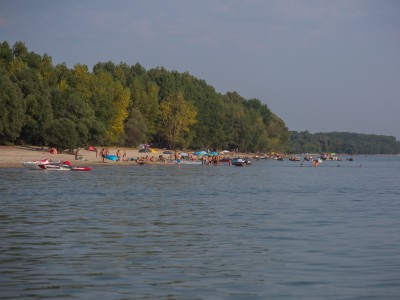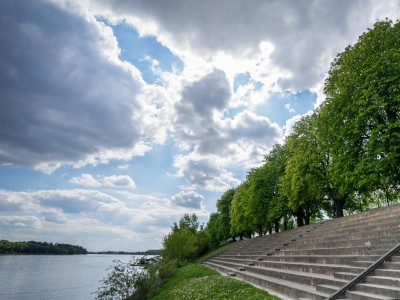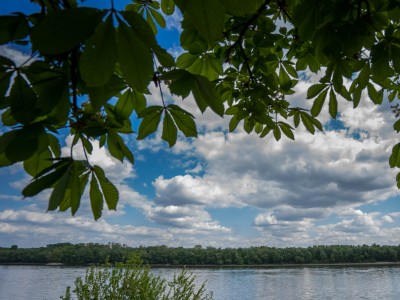The Danube and the water have an important role in the life of Paks. The Danube was the border river of the Roman Empire, János Bottyán was building the kuruc beach-head in Transdanubia here, which is known today as the „Castle of Bottyán”. The economy of the town was reviving by shipping and trading on the Danube. Thanks to the water they were able to build the nuclear power plant, and it also contributed to operate shipmills and revive milling industry. Paks became famous thanks to fishing, water sports, their olympic champions, and their fish soup.
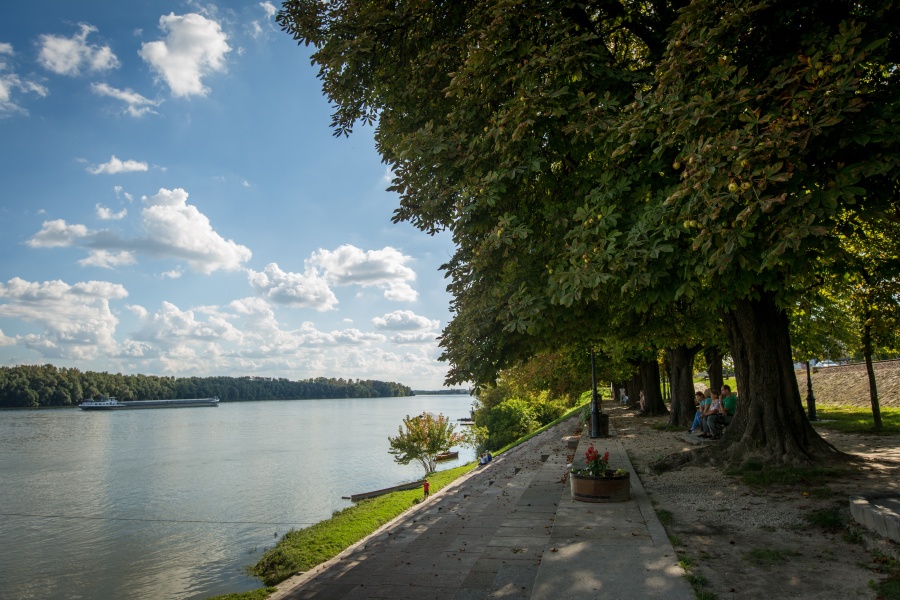
After we step across the administrative border sign, we sight the amazing Danube with its unique panorama. We have a perfect view to the Danube from the Gárdonyi lookout tower, where we can follow the turning of the river
People who live here know, that not only the water is important, but also the specific biology of the river has a great importance. Among fishes and birds, the trees of the Danube bank, which are green in spring, gold and orange in autumn, are also contribute to the unique scene. The extraordinary world with its silence, peace and calm, has been an inspiration for many artists.
Despite the dwindle of substance in fish, there is no daytime without anglers sitting in the Danube bank. The lovers of this sport can angle carp, bream, asp, zander, pike, wels catfish or sturgeon. We can find almost a whole fish fauna near the hot water outlets of the Nuclear Power Plant.
Recent form of the Danube and its area evolved after the regulation of the river in 1841. The aim was to end the destroying floods so the hairpin bend were cut off, which also created a possibility for cheaper water transport. Before the cut off the Imsós forest was part of the Danube-Tisza Interfluve, but after, it became part of the Transdanube. Plant species of the territory, like jacobaea paludosa or summer snowflake have rare natural value. In some bounded territories we can find orchid species or the greater butterfly-orchid, which is rare in the country. The forest was pronounced to local nature reserve in 2000, it became protected by the town. It is a perfect scene for hiking and tripping.
The regulation of the river had an effect on trade life, the branch of the Danube, which is suitable for shipping got next to the town and trackage made place by steamshipping. The first liner, which was an austrian streamship called Pest, landed Paks in 22th of june, 1846.
The river always has been important in economy life of Paks. 55 water mill operated here and ground wheat, produced by Paks and the neighbourhood. The last operating ship mill of the Danube broke in the winter of 1959-60.
However, it only lives in memories of senior people, but the two streamship with gigant paddle-wheels, called Kossuth and Petőfi were an important part of the history of this section of the Danube next to Paks. These so called merchantships shuttled between Budapest and Mohács, they were transporting fresh vegetables and fruits from townships next to the river to the capital city. In this section of the Danube there was 21 port, which replaced the difficult and inherent with changes, railway system. Today it is a thing of the past, the merchantships made place by spellbinding barges and pleasure boats.
Unfortunately, the river not only give benefits for the town, but also require sacrifices sometimes. The biggest diseaster of the Danube in Paks was in the morning of 18th of june, 1887. A ferry was transfering people from Paks, port of Biskó located in the south border of the town, to Kalocsa, they were travelling to the indulgence of hearth of Jesus. A memorial was buildt in 1903 for the tragedy, which required 224 sacraficies. The statue made from sandstone, represents the whole Jesus Christ with a wooden cross in his left hand, and pointing to the location of the tragedy with his right hand. In 2000 with the help of the Nuclear Power Plant the ravaged statue was renewed, a new identical bronze statue was settled to the original settling. The memorial in front of the catholic church and the renewed cross next to Wendelin of Trier’s chapel also keep the memory of this disaster.

